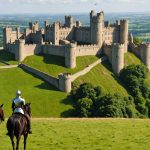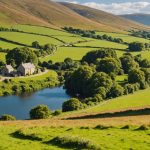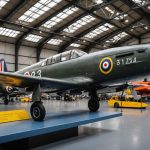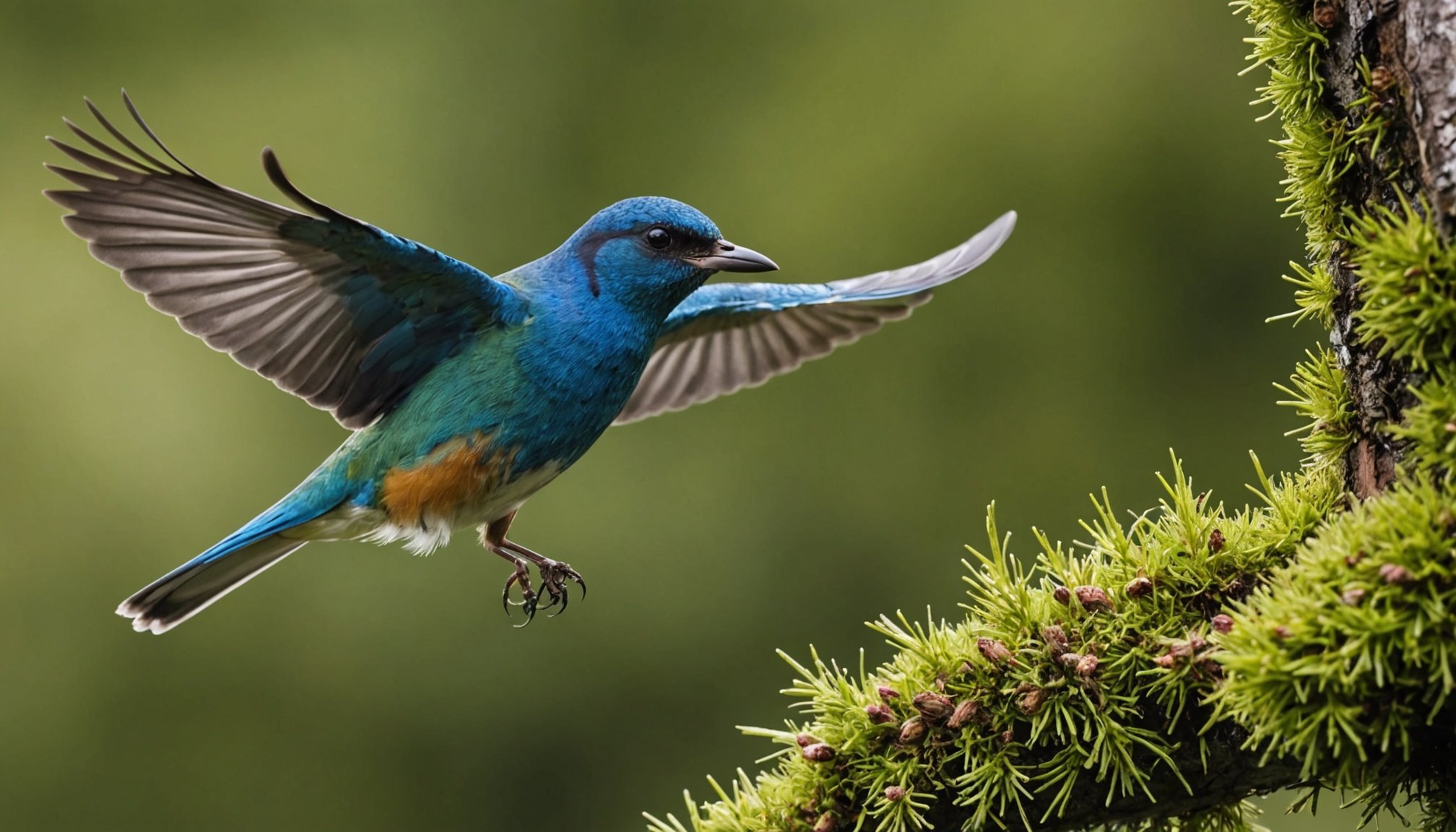Equipment and Settings for Bird Photography
To excel in bird photography, the right photography gear is crucial. Start with a camera that has a fast continuous shooting speed and excellent autofocus. This enables photographers to capture quick bird movements effectively. Investing in a telephoto lens is important; the typical focal length should be 300mm or longer to maintain image quality when zooming in on distant birds.
Using the correct camera settings can significantly influence photo quality. For capturing birds in various lighting conditions, adjust the ISO to accommodate the available light without compromising image detail. A wider aperture, around f/4 to f/5.6, is ideal for blurring the background and focusing on the bird. Set the shutter speed to at least 1/1000th of a second to freeze action shots.
Also read : Mastering Open-Fire Cooking: Key Techniques for an Unforgettable Camping Experience at UK Campsites
Lenses and tripods play a vital role in bird photography equipment. A sturdy tripod provides the necessary stability for shooting at slower shutter speeds or during low light situations. Choose lenses with image stabilization features to reduce blurriness. These components combine to enhance the overall sharpness and composition, allowing you to capture stunning bird photos effortlessly.
Techniques for Capturing Birds in Nature
Capturing stunning bird photographs requires mastering certain bird photography techniques. Achieving a sharp focus is paramount: use continuous autofocus mode to track birds as they move erratically. Motion capture can be revolutionized by setting your camera to a fast burst mode, allowing for several shots in rapid succession. This increases the likelihood of capturing the perfect moment.
Have you seen this : Explore the Top UK Campsites for an Unforgettable Local Music Festival Adventure
Composition techniques can elevate your bird photos to professional standards. Incorporate the rule of thirds by positioning the bird off-center, leading the viewer’s eye naturally into the frame. Use leading lines and natural elements to frame your subject for added depth.
Utilizing natural light is crucial. The golden hours—shortly after sunrise and before sunset—offer soft lighting that enhances the bird’s features without harsh shadows. Adjust your camera settings to make the most of these conditions, optimizing either for backlighting or side lighting to create dramatic silhouettes or highlight intricate details.
Remember, patience is an ultimate ally. Employ these strategies effectively by observing bird behavior to anticipate movements, ensuring you’re ready to capture fleeting, remarkable action shots.
Photography Ethics and Conservation
Engaging in bird photography ethics ensures responsible and respectful interaction with nature. It’s crucial to minimize wildlife impact while capturing these stunning creatures. Photographers must prioritize the well-being of birds over personal gain, avoiding actions that might distress or endanger them. This includes maintaining a respectful distance and not straying off paths in protected areas.
Contributing to conservation awareness is another critical responsibility. By showcasing the beauty and plight of birds, photographers can raise awareness about the species’ conservation status and habitat challenges. Sharing images alongside informative content can educate the public and inspire conservation efforts.
Responsible photography involves balancing personal objectives and ethical duties. Joining conservation-focused photography groups or projects can provide a platform to collaborate on wildlife preservation initiatives. Additionally, adhering to established guidelines, like the Audubon Society’s Bird Photography Code of Ethics, can guide photographers in ethical practices.
Ultimately, fostering respect and care for the subjects we photograph makes a positive impact, ensuring that bird photography not only captures beauty but also contributes to the wider efforts of safeguarding our planet’s wild inhabitants.
Ideal Locations for Birdwatching in the UK
Bird enthusiasts seeking the best birdwatching locations in the UK should focus on national parks and nature reserves. These spots offer rich biodiversity and fantastic opportunities to observe a variety of avian species. One prime location is RSPB Minsmere in Suffolk, renowned for its lush landscapes and abundant bird life. Similarly, the Cairngorms National Park in Scotland is perfect for spotting unique highland birds.
For those who enjoy combining nature exploration with outdoor living, selecting the right camping spots is essential. Dartmoor National Park provides not only scenic wilderness but also access to areas buzzing with bird activity. Locations like Pembrokeshire Coast National Park also have camping facilities that enhance the birdwatching experience.
Additionally, understanding seasonal migration patterns can greatly enhance birdwatching experiences. During spring and autumn, parks like Flamborough Head become hotspots for migratory birds preparing to journey across continents. Knowing these patterns is crucial for planning trips to coincide with peak bird activity, making every birdwatching adventure rewarding and unforgettable.
Best Times for Bird Photography
Understanding the ideal times for bird photography significantly enhances the quality of captured images. Bird activity tends to peak during specific times of day, offering photographers the best opportunities for unique action shots. Typically, early morning light beautifully illuminates bird features, creating compelling contrasts. Birds are often more active during dawn, feeding and preening, which maximizes the potential for dynamic scenes.
Conversely, late afternoon can also be rewarding. The light quality during these hours—soft and golden—accentuates the birds’ natural hues and textures, offering another perfect window for creativity.
Seasonal changes influence bird populations and their behavior, presenting both challenges and opportunities for photographers. Spring and autumn are prime times for bird photography due to heightened activity from migration and nesting. These seasons see a variety of birds, making them perfect periods to capture diverse species.
To truly capitalize on these conditions, understanding bird behavior and routines proves essential. This knowledge empowers photographers to anticipate movements, ensuring they are poised to capture stunning imagery, while also appreciating the rhythms of the natural world during different seasons.
Common Birds in the UK for Photographers
Understanding the diversity of UK bird species is essential for photographers eager to capture striking images. Species like the European Robin, with its vivid red breast, and the Kingfisher, known for its vibrant hues, are popular photography subjects. Their approachable nature and distinct colouring make them ideal. Additionally, the Barn Owl, with its ghostly flight and stunning plumage, offers a unique challenge, especially in twilight conditions.
When camping, knowing how to identify different birds can greatly influence the success of your excursions. Birds exhibit specific behaviours and calls, such as the melodic song of the Blackbird or the distinctive drumming of the Great Spotted Woodpecker. Familiarising yourself with these traits not only aids in identification but also enhances your overall birdwatching experience.
To effectively prepare for photographing various bird species, consider their habits and preferred habitats. For instance, water-loving birds like herons often inhabit wetland regions. Meanwhile, forest-dwelling species, such as woodpeckers, favour dense woodlands. Adapting your approach based on these insights can lead to more fulfilling and successful photography sessions, capturing the rich tapestry of UK avifauna.
Safety Tips for Outdoor Photography
When indulging in outdoor photography, especially in natural habitats, safety should be a top priority. Outdoor safety begins with understanding your environment—be it a dense forest or open marshland. Familiarising yourself with potential hazards, such as uneven terrain or proximity to water bodies, can prevent accidents.
When camping, equip yourself with essential gear like a reliable map or a GPS device. Be sure to inform someone about your whereabouts and expected return time to ensure safety. Wildlife photography ethics dictate observing animals from a distance. Use appropriate lenses to capture close-up shots without invading the natural space of your subjects.
Navigating the terrain requires proper footwear and clothing suitable for all weather conditions. Always pack a first-aid kit and adequate water supplies. Preparing for the elements, such as sudden weather changes, will help avoid unnecessary risks and help enjoy your photography endeavours more safely.
Additionally, ethical considerations involve treading lightly. Avoid disturbing wildlife, particularly during nesting or breeding periods, to reduce stress on animal populations. This approach not only ensures their well-being but also enriches the photography experience with genuine, undisturbed behaviour.











